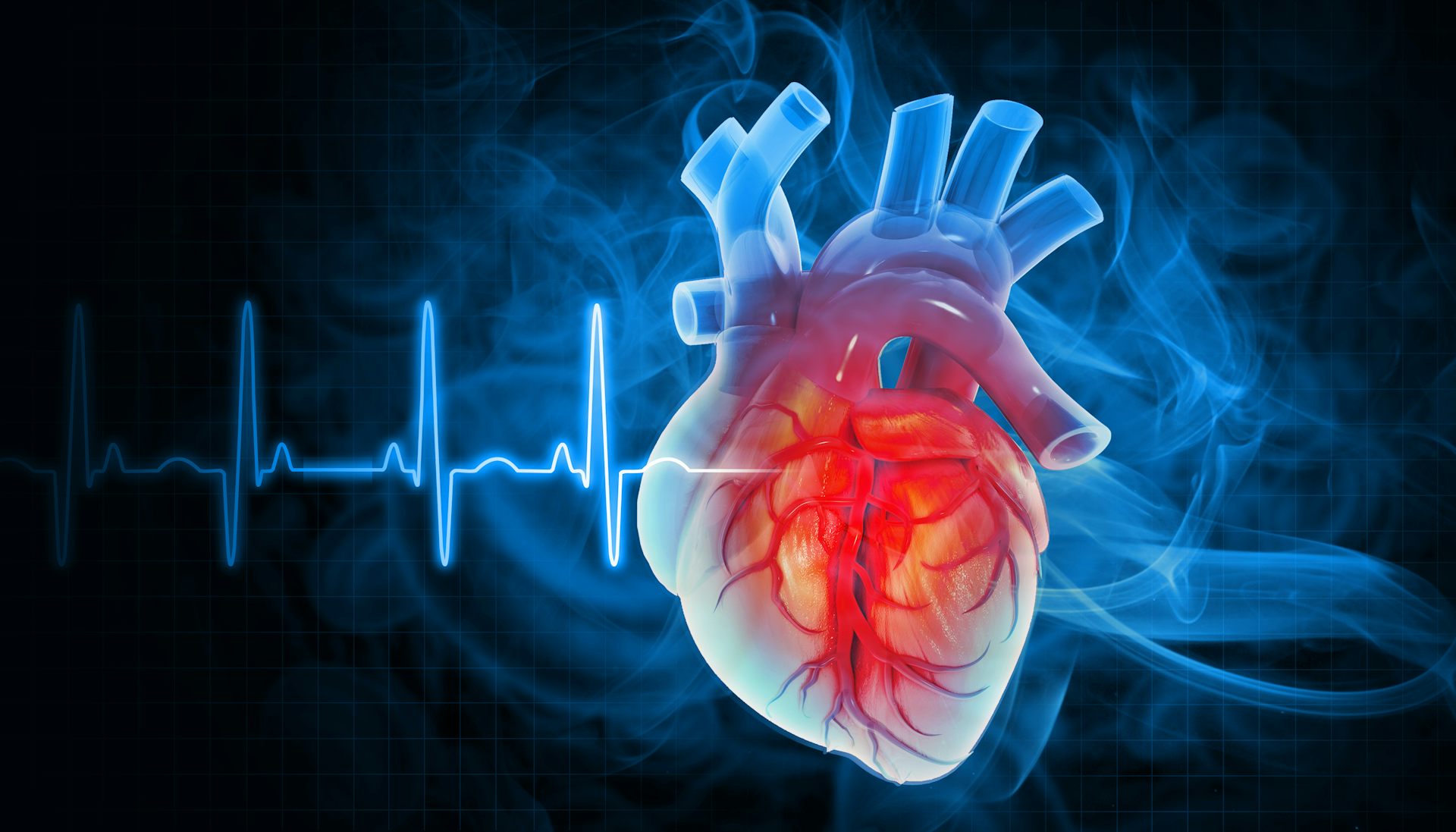Brain scan evidence in criminal sentencing: A blessing and a curse
How do jurors use different kinds of information about mental illness when making sentencing decisions? An experiment finds that neurobiological evidence could harm or help defendants.

Brain evidence is playing an increasing role in criminal trials in the United States. An analysis indicates that brain evidence such as MRI or CAT scans – meant to provide proof of abnormalities, brain damage or disorder in defendants – was used for leniency in approximately 5 percent of murder cases at the appellate level. This number jumps to an astounding 25 percent in death penalty trials. In these cases, the evidence is meant to show that the defendant lacked the capacity to control his action. In essence, “My brain made me do it.”
But does evidence of neurobiological disorder or abnormality tend to help or hurt the defendant?
Legal theorists have previously portrayed physical evidence of brain dysfunction as a double-edged sword. On the one hand, it might decrease a judge’s or juror’s desire to punish by minimizing the offender’s perceived responsibility for his transgressions. The thinking would be that the crime resulted from disordered brain activity, not any choice on the part of the offender.
On the other hand, brain evidence could increase punitive motivations toward the offender by making him seem more dangerous. That is, if the offender’s brain truly “made him” commit the crime, there is an increased risk such behavior could occur again, even multiple times, in the future.
To tease apart these conflicting motivations, our team of cognitive neuroscientists, a medical bioethicist and a philosopher investigated how people tend to weigh neurobiological evidence when deciding on criminal sentences.
Less prison, more involuntary hospitalization
For this experiment, our team recruited 330 volunteers to read through a criminal case summary describing a defendant found guilty of sexual assault. Before introducing any mental health evidence, we asked for an initial sentence recommendation: If our volunteers were really deciding this case, what would they have wanted to see happen to the defendant? This provided us with a baseline estimate of how much they wanted to punish the defendant.
Next, we filled participants in on the defendant’s mental health status using evidence of an impulse control disorder described either as neurobiological or psychological, and treatable or untreatable. (These experimental conditions were also accompanied by a control condition in which the defendant was deemed healthy.) Participants could then alter their original criminal sentencing judgments by allocating time between prison sentencing and involuntary hospitalization, however they saw fit.
It turned out that neurobiological evidence elicited both shorter prison sentences and longer involuntary hospitalization terms compared to equivalent psychological evidence. That is, for the same mental disorder, people assigned different levels of blame, moral responsibility and punishment based on whether they had a neurologist’s testimony versus a psychologist’s testimony to support the diagnosis.
Our key discovery was that when mental health evidence was presented as having a neurobiological cause, laypeople assigned more importance to it. Paradoxically, this effect both favored and disfavored the defendant, depending on the punitive options available. So while prison sentences may be mitigated by the presentation of neurobiological evidence, the same evidence may increase the defendant’s risk of being involuntarily hospitalized.
Treatable disorders elicited both shorter prison sentences and involuntary hospitalization terms compared to untreatable disorders, yet this pattern could not account for the double-edged effect of neurobiological evidence.
Punishment versus protection
Previous research has searched for this apparent double-edged effect of neurobiological evidence – that it may have both aggravating and mitigating effects on criminal sentences. But prior studies have been inconclusive.
One possible reason for previous failures to observe the double-edged effect could be that participants were restricted to simplistic punishment measures. By relying on only a single type of punishment – in most cases, prison sentencing – earlier studies might have missed the dual competing motivations: to get justice versus to protect society.
We accounted for this possibility by offering participants two punishment options: commitment to prison versus mental hospital. That’s how we were able to identify that neurobiological evidence seems likely to result in a shorter prison sentence or a longer involuntary commitment to a mental hospital.
The effects we observed may have far-reaching implications for the law, which regularly confronts questions about the quality and presentation format of mental health evidence. For example, how can policymakers best manage evidentiary presentation bias? Should neurobiological evidence always be accompanied by corresponding psychological or behavioral evidence, or even warnings of potential biasing effects? If a defendant were to be excused in the case of mental illness, should jurors be made aware of treatment options? Should judges receive a legal education on neurobiological evidence?
Brain evidence will likely become even more common in the years ahead, and the judicial system will need to grapple with how best to use it.
Corey Hill Allen received support from a grant from the John Templeton Foundation (www.templeton.org) via the Summer Seminars on Neuroscience and Philosophy at Duke University (Subaward #: 283-0635). The opinions expressed in this publication are those of the author and do not necessarily reflect the views of the John Templeton Foundation. The funders had no role in study design, data collection and analysis, decision to publish, or preparation of the manuscript.
Eyal Aharoni received support from a grant from the John Templeton Foundation (www.templeton.org) via the Summer Seminars on Neuroscience and Philosophy at Duke University (Subaward #: 283-0635). The opinions expressed in this publication are those of the author and do not necessarily reflect the views of the John Templeton Foundation. The funders had no role in study design, data collection and analysis, decision to publish, or preparation of the manuscript.
Read These Next
As DOJ begins to release Epstein files, his many victims deserve more attention than the powerful me
Powerful men connected to Jeffrey Epstein are named, dissected and speculated about. The survivors,…
Local democracy is holding strong, but rural communities are falling behind, new survey of Michigan
Officials from 70% of Michigan’s 1,856 cities, villages, counties and townships completed the survey.
How C-reactive protein outpaced ‘bad’ cholesterol as leading heart disease risk marker
C-reactive protein – a marker of inflammation – is as easily measured with blood work in a doctor’s…






